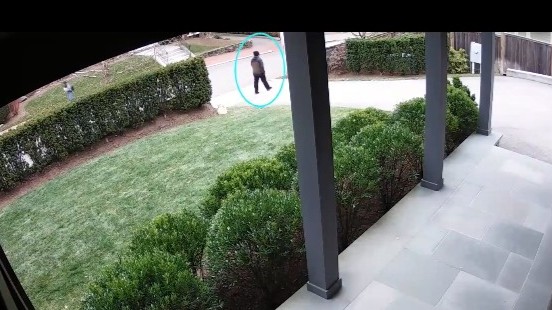Bernstein Urges Caution as NSA, GCHQ Push Post-Quantum Standards

BREAKING: In a striking accusation, cryptologist Daniel J. Bernstein has called out the U.S. National Security Agency (NSA) and the Government Communications Headquarters (GCHQ) for allegedly pressuring the National Institute of Standards and Technology (NIST) to fast-track post-quantum cryptography standards that could jeopardize global digital security. Bernstein’s concerns, outlined in an urgent blog post published earlier today, warn that skipping hybrid security measures may leave systems vulnerable to future quantum threats.
The controversy centers around NIST’s ongoing efforts to establish cryptography resistant to quantum attacks, a process that began in 2016. In August 2024, NIST released three new post-quantum encryption standards, pushing administrators to implement them without delay. Bernstein argues that this haste is dangerous, particularly given the history of cryptographic vulnerabilities. “Given how many post-quantum proposals have been broken and the continuing flood of side-channel attacks,” he wrote, “any competent engineering evaluation will conclude that we need hybrids.”
The urgency of his message resonates deeply in an industry grappling with the impending threat of quantum computing, where advanced machines could potentially dismantle existing encryption methods. Bernstein highlights that adversaries might already be stockpiling encrypted data today, preparing for a future where quantum decryption becomes a reality.
The implications are staggering. Quantum computers hold the potential to dismantle current encryption protocols, like RSA, through algorithms capable of rapid factorization. While these powerful machines are not yet fully operational—Google and Microsoft are making strides but remain in development—the looming strategy of “harvest now, decrypt later” raises alarm bells. Bernstein’s claims echo wider industry anxieties, as highlighted in a recent Capgemini report, which warned of significant disruptions to online banking and blockchain technology within the next decade.
NIST, however, stands by its decisions. In its August announcement, the agency stated that the standards—ML-KEM, ML-DSA, and SLH-DSA—were thoroughly vetted. Yet Bernstein’s history of litigation against the U.S. government, including a notable case regarding NSA’s influence on crypto standards, lends credence to his assertions. He argues that ignoring hybrid approaches could spell disaster, citing past breaches such as the 2015 Logjam attack.
At the heart of this debate is the concept of hybrid cryptography, which combines post-quantum algorithms with established pre-quantum systems like elliptic curve cryptography (ECC). Bernstein and other proponents argue that this redundancy is essential for ensuring security in an uncertain technological landscape. Critics, however, assert that hybrid models introduce unnecessary complexity and slow down the transition to new standards.
The NSA’s role in this debate has drawn significant scrutiny. Historically tasked with protecting U.S. communications while enabling surveillance, Bernstein suggests that the agency favors non-hybrid models to maintain interception capabilities. This raises a crucial question: If agencies influence standards, who ensures their integrity?
Global industry leaders are split on the issue. A recent post on Forbes advocates for hybrid strategies alongside quantum key distribution to bolster defenses. Meanwhile, Bernstein’s criticisms highlight a growing trust deficit: if governmental bodies shape security protocols, how can the industry be assured of their safety?
As the quantum landscape evolves, the stakes for businesses and individuals alike are monumental. A recent article in the European Journal of Computer Science and Information Technology warns that the “Harvest Now, Decrypt Later” strategy poses a serious threat, emphasizing the need for adaptable cryptographic systems. Bernstein advocates for delaying the adoption of non-hybrid standards until more vulnerabilities are thoroughly analyzed, suggesting that extended hybrid mandates could provide a necessary safeguard.
Policymakers now face immense pressure. A White House memo from 2022 mandated that federal systems must adopt quantum-resistant cryptography by 2035. However, Bernstein argues that this timeline risks leaving key systems exposed to imminent threats. Startups and tech innovators are taking notice, viewing the push for hybrid tools as an opportunity for growth and security.
As the industry wrestles with these critical concerns, Bernstein’s call for rigorous evaluation is more than just alarmism; it is a vital plea for diligence. The ongoing dialogue surrounding post-quantum cryptography will determine whether we can outpace the quantum storm that looms ahead. As agencies, academics, and industry stakeholders continue to clash, the path to secure standards remains fraught with challenges, but discussions like Bernstein’s ensure that vigilance prevails.






